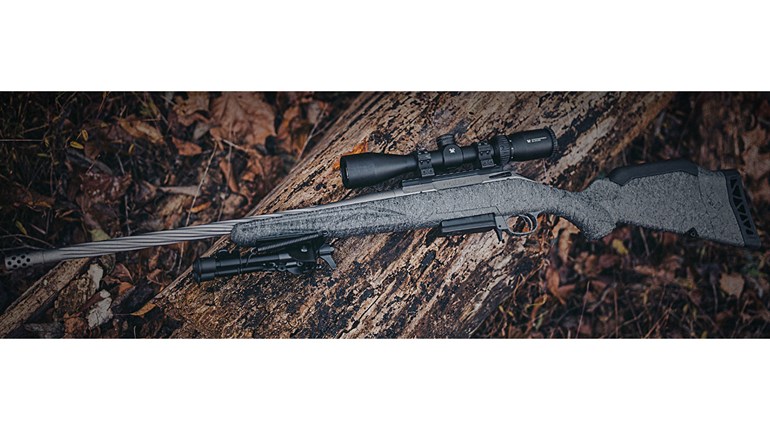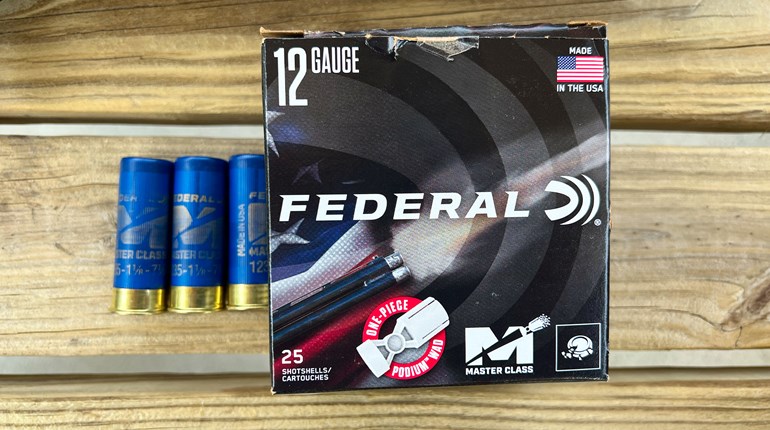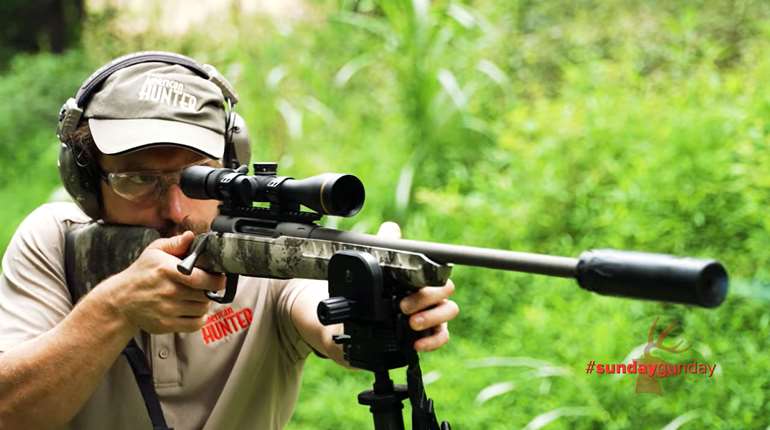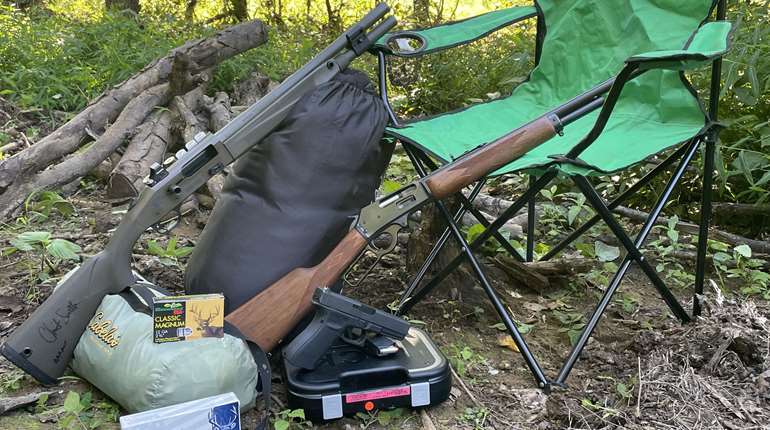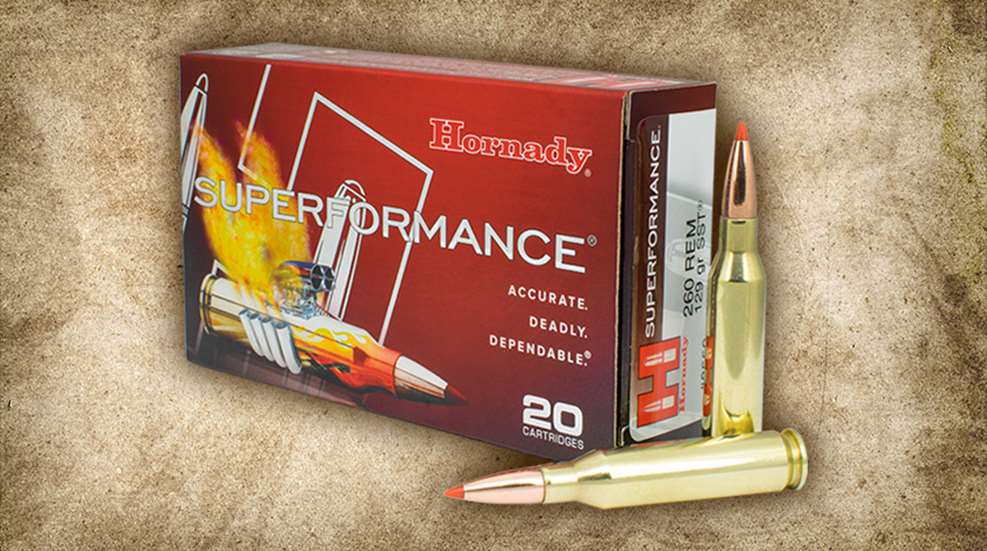
Being both a child of the .308 Winchester and one of the 6.5mm cartridges is certainly a desirable lineage; as a matter of fact that combination should—at least in theory—be unbeatable. Upon release in 1997, it seemed that the .260 Remington would have an unbridled rise to immediate stardom.

Many hunters who enjoyed the benefits of low recoil and pinpoint accuracy flocked to the .260 Remington, and were immediately impressed with the inherent benefits of the 6.5mm bore diameter. In spite of the fact that it would be upstaged by a cartridge we shall not mention in this article—the one rhyming with ‘need more’—I’d like to look at the .260 on its own, as the excellent hunting and target cartridge that it is.
The desire to shorten and lighten the .30-06 Springfield case dates back to the post-WWI era, numerous designs and revisions to the case resulted in 1952’s T-65 cartridge, adopted and released by Winchester under the name .308 Winchester. The military version would be officially adopted later in the decade. Touted as a cartridge which would duplicate the ballistics of the .30-06 in shorter, lighter rifle, the .308 Winchester would spark a debate which rages on to this day.
Those who tinker with wildcat cartridges found the new .308 Winchester a near-perfect platform with which to experiment with, and it wasn't long until cartridges from 6mm up through .35 caliber saw the light of day, with both of the extremes being officially released in 1955 as the .243 Winchester and .358 Winchester. It would take another 25 years for the 7mm-08 Remington to be legitimized, and the .338 Federal would come to be in the first decade of the 21st century, but there would be two companies in a race to market a 6.5-308 wildcat to the masses.
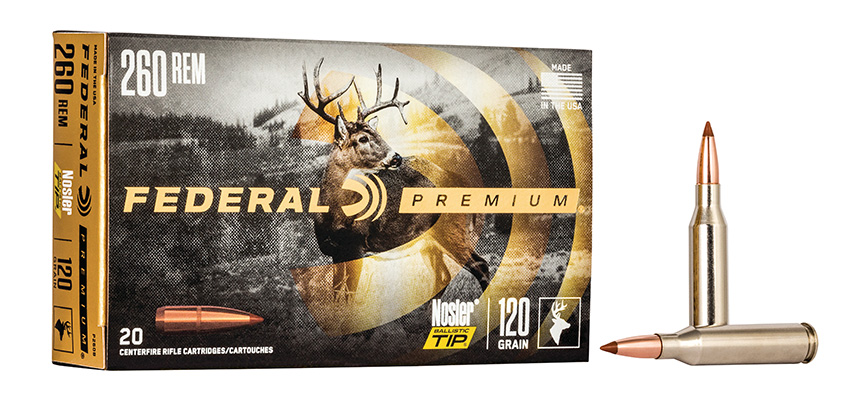
Lt. Col. Arthur B. Alphin—head of the A-Square, LLC, with their own line of cartridges and rifles—submitted a design to SAAMI for the 6.5-08 A-Square; it was simply the .308 Winchester necked down to hold .264-inch-diameter bullets, maintaining the same 20-degree shoulder as the parent cartridge, and a case length of 2.035 inches. Remington—long famous for its prolific ability to turn wildcats into legitimate factory cartridges—submitted their own paperwork to SAAMI, with a virtually identical design. I’m not privy to the internal workings of SAAMI, but the end result of the dueling applications was the .260 Remington.
It would work perfectly in a short-action bolt rifle, as well as in the AR-10 platform, and it wasn’t long before the hunting world saw just how efficient the design of the target cartridge was. The .260 Remington works best with 120- and 140-grain bullets—delivering muzzle velocities of about 2950 fps and 2750 fps, respectively, depending upon brand and barrel length—and is very easy on the shoulder. The recoil level of the .260 Remington—between 12 and 14 ft.-lbs. depending on the load—is manageable by just about any shooter, and yet it offers a trajectory comparable to the .300 Winchester Magnum, and the sectional density value of those 140-grain bullets (.287) affords excellent penetration.
Fully capable of handling all but the sleekest of the target bullets (if the maximum cartridge length is maintained, the case mouth would be situated on the ogive), the .260 Remington can, however, handle bullets fully capable of giving an excellent trajectory, from a true short-action rifle, as it was designed to do. Comparing it to some of the other 6.5s (again, we’re not mentioning that other thing) you will see that the venerable 6.5x55 Swedish will give (especially in handloaded form) ballistics nearly identical to the .260 Remington with bullets up to 140 grains, but the 6.5x55 can and does use the heavy 156- and 160-grain bullets to good effect.
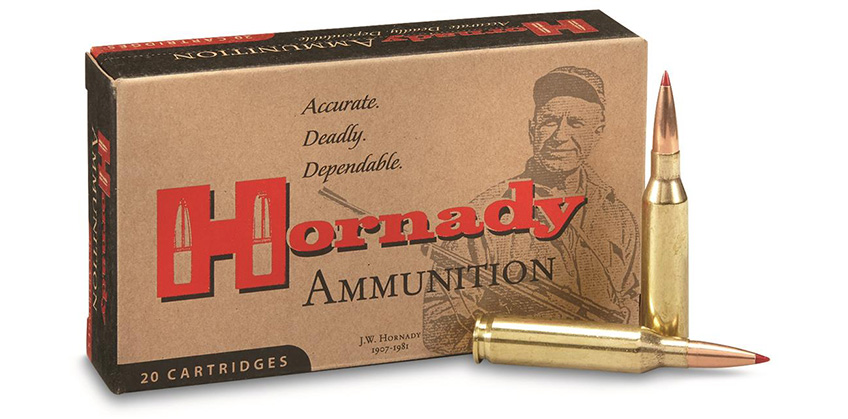
It was those long bullets that made the 6.5mm bore diameter’s reputation early on (late 19th and early 20th century) with some hunters using the 6.5x54 Mannlicher Schoenauer on dangerous game animals like lion, buffalo and even elephant. I’m certainly not advocating the use of any 6.5mm on game animals any larger than elk—and even then only with a premium bullet—but it does go to show how well those heavy-for-caliber bullets performed.
The .260 Remington is just about perfect as a deer cartridge; there’s enough bullet for any deer that walks, yet it’s not so fast as to result in an excess of blood-shot meat. For the larger cervids like moose and elk, I think the 6.5s are on the line, or at the very least at the bottom of the scale. The .260 Remington is also a very accurate cartridge, and while a bit large for a day over a hot prairie dog town, it is effective on woodchucks and coyotes where the shooting volume is much lower.
Let’s suffice it to say that the .260 Remington hasn’t won the popularity contest; it’s been out-marketed, but in reality, in the hunter’s hands, it’s effective to sane hunting ranges. Yes, the other one does in fact have an advantage at 1,000 yards, but we’re not hunting at those ranges. I like how the ‘two-sixty’ performs inside 500 yards, and wouldn’t hesitate to take one afield. Outside its own bore diameter, it has direct competition from the .243 Winchester on the lower side and the 7mm-08 Remington on the higher side, but I like to think of the .260 as a wonderful blend of the two cartridges.
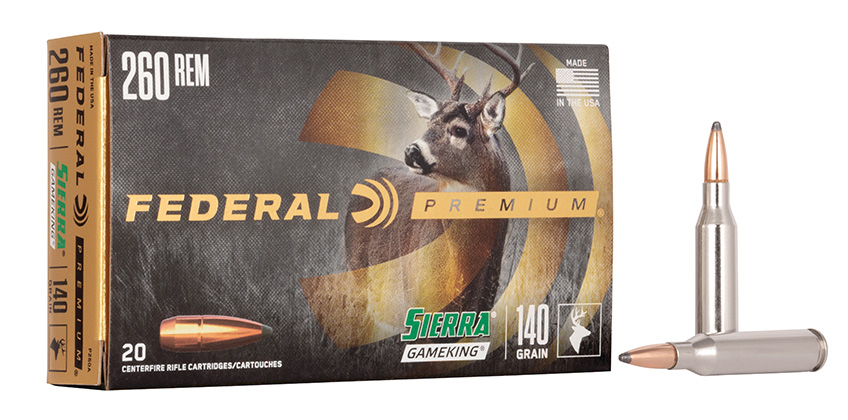
If you’re a handloader, the .260 can really shine; it’s certainly not a finicky cartridge to load—getting that trait from its father—and will run on more than a few powders, liking medium to medium-fast powders in the IMR4064/VARGET/RL15 range to the IMR4350/RL19/H4831SC on the slow end. Spark that powder charge with a good large rifle primer and you’re all set.
The 100-grain frangible bullets like the Nosler Ballistic Tip will handle lighter game; in the 120-grain range you can get a lot of mileage from the monometal bullets like the Hornady GMX, Nosler E-Tip and Barnes TTSX, and at 130 grains—a great middle-of-the-road solution—you’ll find the Swift Scirocco, Nosler AccuBond and Hornady SST (ok, 129 grains, close enough). Once you hit the 140-grain mark, the flood gates open with all sorts of choices. From the Swift A-Frame and the Nosler Partition to the Sierra GameKing and other cup-and-core designs, either in factory form or in component form, you’ll find a bullet that will work well in the .260 Remington.
The .260 Remington came out just prior to the long-range shooting craze, and though the case is criticized for being just a bit too long to hold the longest 6.5mm bullets, there are enough good, used rifles on the market not to overlook the cartridge. The chambering is not nearly as prevalent as it once was, with few rifles being offered, and it seems the number drops each year. However, in the hands of a competent rifleman, the .260 Remington is just as effective as it was on the day it was released over two decades ago, and will continue to be for decades to come.
Looking for previous installments of our "Behind the Bullet" series? We've got you covered.
• .30-30 Winchester
• .416 Rigby
• .358 Norma Magnum
• .22 LR
• 7mm-08 Remington
• 8mm Remington Magnum
• .338 Federal
• .224 Valkyrie
• .338-06 A-Square
• 9.3x62mm Mauser
• .257 Weatherby Magnum
• .45-70 Government
• .300 H&H Magnum
• .25-06 Remington
• .30-06 Springfield
• 6.5 Creedmoor
• .300 Remington Ultra Magnum
• 7mm Remington Magnum
• .470 Nitro Express
• .280 Remington
• .300 Winchester Magnum
• .270 Winchester
• .222 Remington
• .45 ACP
• .404 Jeffery
• .44 Remington Magnum
• .41 Remington Magnum
• .243 Winchester
• .338 Winchester Magnum
• .357 S&W Magnum
• 6.5-284 Norma
• 8x57 Mauser
• .38 Smith & Wesson Special
• 7x57mm Mauser
• 9 mm Luger
• .35 Whelen
• .454 Casull
• .375 H&H Magnum
• .45 Colt
• .22-250 Remington
• 10mm Auto
• .308 Winchester












